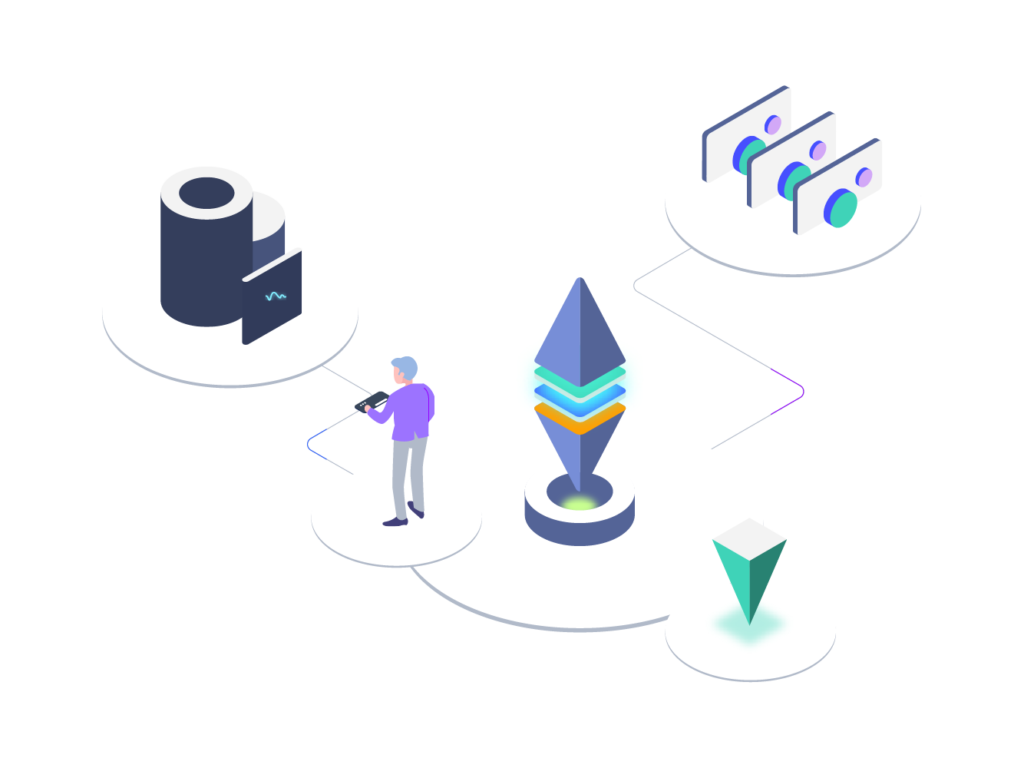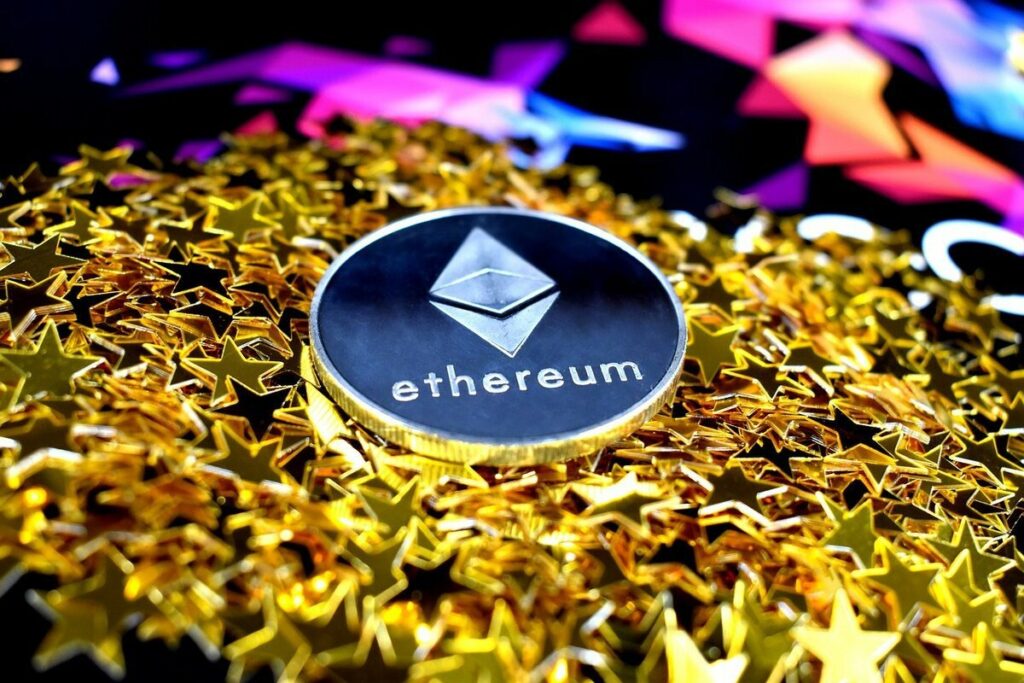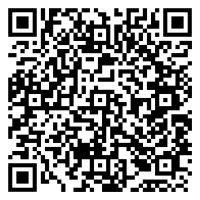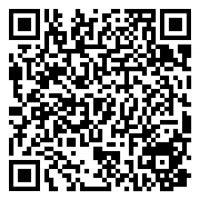What is Ethereum?

Ethereum, launched in 2015, is the second largest cryptocurrency in terms of market capitalization after Bitcoin. Unlike Bitcoin, however, it was not originally designed as a digital currency. Instead, the founders of Ethereum wanted to create a new type of global, decentralized computing platform that would have the security and openness of blockchains and extend those qualities to a wide range of applications.
From financial instruments to games to complex databases, everything is already running on the Ethereum blockchain and its future potential is only by imagination the developer limited. According to the non-profit Ethereum Foundation, “Pretty much anything can be codified, decentralized, secured and traded with Ethereum.”
You can check the current prices on Coinbase’s Ethereum page.
Ethereum has become a popular investment vehicle and repository of assets (and, like Bitcoin, can be used to send and receive value without an intermediary).< /span>
Through the Ethereum blockchain, developers can build and run a huge number of applications : including everything from games and modern databases to complex decentralized financial instruments – meaning they do not require a bank or other intermediary institution.
The Ethereum-based applications are developed using “smart contracts”. Smart contracts work like traditional paper contracts. They set the terms of an agreement between the parties, but unlike a legacy contract, smart contracts execute automatically when the conditions are met, without the participating parties knowing who the counterparty to the transaction is – and without the need for an intermediary.
Ethereum, like Bitcoin, is an open-source project that is neither owned nor operated by an individual. Anyone who has an Internet connection can create an Ethereum node or interact with the network.
Just like the decentralized bitcoin blockchain allows two strangers anywhere in the world to send or receive money without the intermediary of a bank , smart contracts executed on Ethereum’s decentralized blockchain enable developers to build complex applications that run exactly as programmed without being influenced by disruption, censorship, fraud or interference from outside parties.
Popular Ethereum-based innovations include stablecoins (like the DAI, whose value is pegged to the US dollar through a smart contract), decentralized finance applications (called DeFi), as well as other decentralized apps (also called dApps).
What is the difference between Ethereum, Ether and ETH?
Ethereum is the name of the network. “Ether” is the native cryptocurrency token used by the Ethereum network. However, in everyday parlance, the token is mostly referred to as “ETH” (or simply “Ethereum”). As a way to send, receive, or store value, ETH works much the same as Bitcoin, but it also has a specific role on the Ethereum network. Because users pay the fees to execute the smart contracts in ETH, it could be seen as the fuel that keeps the whole thing going (hence these fees are also known as “gas”).
< span style="font-size: inherit; font-style: var(--uicore-typography--p-st,"normal"); letter-spacing: var(--uicore-typography--p-ls," -0.027em"); text-transform: var(--uicore-typography--p-t,"none");">If you compare Bitcoin to “digital gold”, then you could compare ETH to “digital oil”.< /span>
Registered in minutes.
Is Ethereum safe?

The basic concepts that form the basis of cryptocurrencies contribute to their security: they are “permissionless” systems and the core software is open source. This means that countless computer scientists and cryptographic experts could examine all aspects of the networks and their security.
However, applications running on the Ethereum blockchain are only as secure as designed by their developers. For example, a code can sometimes be buggy and this could result in the loss of funds. So while the source code is visible to all, the user bases of each application are much smaller than Ethereum as a whole and are therefore scrutinized by fewer eyes. It is therefore important to do some research on any decentralized application you plan to use.
The Ethereum protocol is currently being upgraded in a way that should make it faster and even more secure. Details can be found in the Ethereum 2.0 section below.
How does Ethereum work?
You may already know that the Bitcoin blockchain is very similar to a bank book or even a check book. It is a running listing of every transaction that has ever occurred on the network, back to the very first transaction – and all the computers on the network contribute with their computing power to ensure that this listing is accurate and secure.
The Ethereum blockchain, on the other hand, is more like a computer: it also takes care of documenting and securing transactions, however, is significantly more flexible than the Bitcoin blockchain. Developers can use the Ethereum blockchain to create a wide range of tools, from management software for logistics tasks, to games, to the full range of DeFi applications (which include everything from lending and borrowing to stock trading, etc.).
Ethereum uses a “virtual machine” to provide these services provide. Such a machine is comparable to a huge, global computer made up of many individual computers running the Ethereum software. Keeping these computers running requires participants to invest in both hardware and electricity. To cover these costs, the network uses its own Bitcoin-like cryptocurrency called Ether (or ETH).
ETH keeps everything running. You interact with the Ethereum network by paying the network to run the smart contracts with ETH. For this reason, fees paid in ETH are referred to as “gas” (i.e. fuel).
Gas prices fluctuate depending on how busy the network is. A new version of the Ethereum blockchain, dubbed Ethereum 2.0, aims to increase efficiency. Their rollout started in December 2020. (The transition to the new blockchain is expected to take place over the next two years.)
What is Ethereum 2.0?
thereum 2.0 (often also referred to as ETH2) represents a major improvement to the Ethereum network. Conceptually, it should enable further growth of the Ethereum network while at the same time increasing security, speed and efficiency.
Ethereum 2.0 and Ethereum 1.0 have been coexisting since the beginning of 2021 – but the original blockchain will eventually come with merge into the ETH2 blockchain. (You don’t have to do anything if you are an ETH owner – your assets on the ETH 1.0 blockchain will automatically migrate to the ETH2 blockchain.) The transition to ETH2 started in December 2020 and is expected to take around two years.
What made Ethereum 2.0 necessary? Moving a popular crypto asset to a new platform is a complex undertaking. However, it is necessary for Ethereum to scale and evolve. This is because the “Proof-of-Work” transaction verification method used by the ETH 1.0 blockchain causes congestion, higher fees and requires the use of large resources (especially electricity).
What is proof-of-work? Without an intermediary central regulator, like Visa or PayPal, how do cryptocurrency networks ensure that nobody spends the same money twice? They use a consensus process. When ETH 1.0 launched, it applied the consensus mechanism introduced by Bitcoin: the very aptly named Proof-of-Work mechanism.
The proof-of-work process requires a high processing effort, which is mainly contributed by virtual “miners” who compete with each other worldwide for a time-consuming mathematical puzzle to solve.
The winner may use the blockchain with the update last verified transactions and will be rewarded with a predetermined amount of ETH.
This process occurs every 30 seconds (as opposed to Bitcoin’s 10-minute cycle). As network traffic has increased, the limitations of proof-of-work have become apparent in the form of congestion, with rates increasing unpredictably during these congestion.
What is staking?

The Ethereum founders were aware of the limitations of the proof-of-work process. Therefore, a completely different solution was developed for Ethereum 2.0 — a solution that would ultimately allow the network to process thousands of Ethereum transactions in a matter of seconds.
Ethereum 2.0 uses a consensus mechanism called Proof of Stake, which is faster, less resource-intensive, and (at least in theory) more secure. The end result is similar to Proof-of-Work in that a network participant is chosen to verify recent transactions, update the blockchain, and earn some ETH.
However, the proof-of-stake method does not require a network of competing miners to solve a puzzle as quickly as possible, but a robust network of participants who are genuinely invested in the company’s success.
These stakeholders are called validators. Instead of contributing to processing power like miners do, validators contribute ETH to a staking pool.
This process of contributing ETH to the pool is called staking. Should you choose to contribute some of your ETH, you will receive a reward equal to your stake. For most users, staking works similarly to an interest-bearing savings account.
The network will select a winner based on the amount of ETH each validator has in the pool and the amount of time that ETH has been in the pool – so the most invested participants will be rewarded..
Once the winner has validated the last block of transactions, we can other validators confirm the correctness of the block. When the number of these confirmations reaches a threshold, the network updates the blockchain.
All participating validators will receive a reward in ETH, which will be awarded by the network in proportion to each individual validator’s stake.
Anyone can participate in staking (coming soon on Coinbase).
Introduction to Smart Contracts
Smart contracts are based on a proposal first made in the 1990s by computer scientist and lawyer Nick Szabo. Szabo famously compared a smart contract to a Coin Machines Imagine a soda machine that dispenses a drink after you put 25 cents in. If you put a dollar in the machine and select a drink, it is configured to give you either the drink and 75 cents of change or (if the drink of your choice is sold out) asks you to choose something else or gives you your dollar back. This is an example of a simple smart contract. Just like the drink vending machine does the sales transaction without a human intermediary, köSmart Contracts can automate virtually any type of exchange.

Create Account

Link your bank account

Buy, sell and merchandise

Dr. iur. Hans Kuhn LL.M.
“Honesto has developed a unique product with a very innovative technical and operational setup with excellent partners like InCore Bank. No one has done this before.”
Partner and co-founder of DALAW Digital Assets Legal Advisors and expert in fintech and blockchain law.

Lucas Betschart
“The design of the honesto app is lean, brilliant and has the potential to change the industry.”
President Bitcoin Association Switzerland; CEO & Founder 21 Analytics.

Mark Dambacher
“InCore Bank is among the first established financial services providers in the world to recognize the potential of digital assets such as cryptocurrencies and investment tokens. We are convinced that the Honesto app meets a great need and that there is a corresponding demand in the market.”
CEO InCore Bank Inc.








 < br>
< br>

